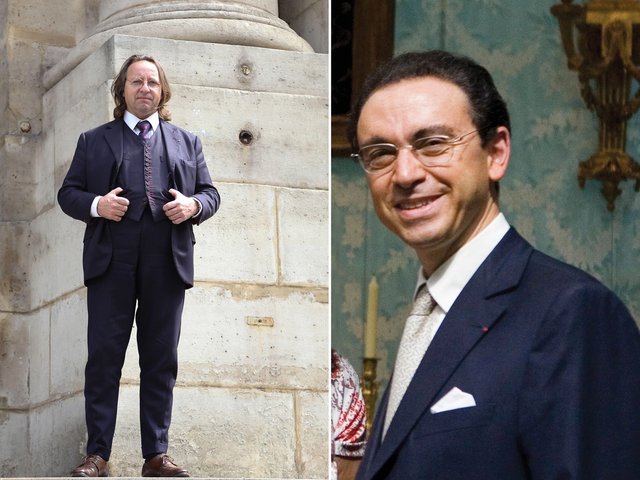The Biennale des Antiquaires in Paris opens to the public tomorrow (9 September). Notably absent from the fair this year will be two of the event’s giants: the Kraemer and Aaron galleries, both central figures in a scandal that has shaken the art market.
Kraemer chose not to participate, while the Aaron Gallery was expelled by the event’s organising committee. Founded in 1875, the Kraemer Gallery is Paris’s oldest gallery dedicated to furniture and decorative art. On 22 July, the gallery was placed under a legal safeguarding procedure, aimed at protecting firms facing economic threat (as a result, any debt payments have been frozen). Speaking to The Art Newspaper, Laurent Kraemer says the legal proceeding was “voluntary, transparent, and can be reversed at any time: it only allows us to work in a more serene atmosphere”. He insists the company is not in any financial difficulty today and will “fulfill all of its responsibilities”.
At the end of 2015, the gallery refunded a London collector who had paid €2m for a pair of chairs said to be from a pavilion built for Marie Antoinette at Versailles. Last June, Bill Pallot, an expert at the Aaron Gallery, confessed that he had fabricated both pieces. Pallot is currently in jail awaiting trial. Laurent Kraemer, the owner of the gallery, who says he sold the chairs in “perfectly good faith” and “never sold any furniture with the slightest doubt over its authenticity”, has also been charged. Both chairs, Kraemer stresses, were classified as “national treasures” by the French government, at the request of the Château de Versailles, which tried to buy them but withdrew as the price was too high.
It now seems that the Louvre has been caught up in a similar situation. In 2009, on the museum’s recommendation, the government also classified as a “national treasure” a commode attributed to the cabinet maker Alexandre Jean Oppenordt, and allegedly coming from Louis XIV’s minister, Jean Baptiste Colbert. After thorough examination by independent experts, the piece was valued at €9.5m. The price was too high for the museum, which finally declined to buy it, further dissuaded by doubts raised by curators about the bronzes and the marquetry-top. The experts suggested a dendrochronological study. It has recently emerged that this study, provided by an independent laboratory in March 2015, dated 41 wood samples “between 1966 and 1982” and from the 19th century, while pointing at "incoherent traces of tools imitating the ancient techniques". Despite this, the commode was still available for sale this summer for the same price. The Louvre’s management insists that its curators have “done their job” and that the museum will press charges “if its name was used in a fraudulent manner” to help with the sale.
Along with the pair of chairs and a portrait of Frans Hals, later sold by Sotheby’s, the commode is the third work classified a "national treasure" that has attracted serious doubts in recent months. While curators and dealers have stressed that “expertise is not an exact science and mistakes are always possible in art history”, France’s minister of culture, Audrey Azoulay, has nevertheless decided to review the purchasing procedures for national collections.


